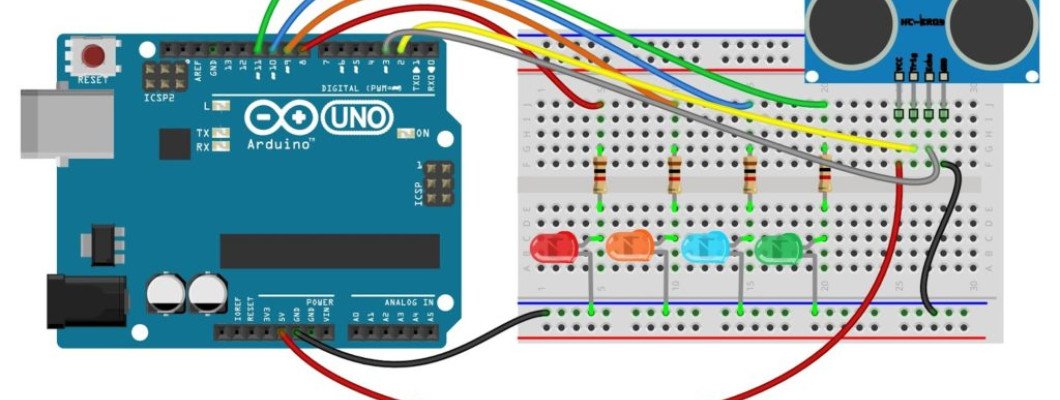Building a Smart Water Level Sensor with Ultrasonic Technology

Introduction:
A smart water level sensor is an essential component of modern water management systems. In this blog post, we will guide you through the process of building a smart water level sensor using an ultrasonic sensor. We will explore the advantages of ultrasonic technology and its applications in IoT and home automation.
How Ultrasonic Sensors Work:
Principle of ultrasonic sensing:
- Ultrasonic sensors use sound waves above the audible range to measure distances.
- A transducer emits ultrasonic waves, and the sensor measures the time taken for the waves to bounce back from an object.
Components of an ultrasonic sensor:
- Transmitter: Emits ultrasonic waves.
- Receiver: Detects the reflected waves.
- Control circuitry: Processes the received signals.
Working mechanism of ultrasonic sensors:
- The sensor emits ultrasonic waves and measures the time it takes for the waves to return.
- By calculating the time difference and using the speed of sound, the sensor determines the distance to the object.
Advantages of Smart Water Level Sensors with Ultrasonic Sensors:
Accuracy and precision:
- Ultrasonic sensors provide highly accurate water level measurements.
- They offer precise readings, enabling effective water management and resource allocation.
Non-contact measurement:
- Ultrasonic sensors operate without physical contact with the water.
- This eliminates the risk of contamination and ensures reliable measurements.
Versatility and adaptability:
- Smart water level sensors with ultrasonic sensors can be used in various water management systems, including tanks, reservoirs, and rivers.
- They are compatible with different water types, such as freshwater and wastewater.
Cost-effectiveness:
- Ultrasonic sensors are cost-effective compared to traditional water level measurement methods.
- Their long lifespan and minimal maintenance requirements contribute to reduced operational costs.
Components Required:
To build the smart water level sensor, you will need the following components:
- Ultrasonic sensor
- Arduino board
- Breadboard
- Jumper wires
- Resistors
- LCD display (optional)
Circuit Diagram and Connections:
- Connect the VCC pin of the ultrasonic sensor to the 5V pin on the Arduino board.
- Connect the GND pin of the ultrasonic sensor to the GND pin on the Arduino board.
- Connect the TRIG pin of the ultrasonic sensor to a digital pin on the Arduino board.
- Connect the ECHO pin of the ultrasonic sensor to another digital pin on the Arduino board.
- Connect the LCD display (if using) to the Arduino board following the provided schematic.
Programming the Arduino:
- Install the necessary libraries for ultrasonic sensor support.
- Initialize the ultrasonic sensor in the setup() function.
- Read the water level data using the ultrasonic sensor and calculate the distance.
- Transmit the water level data to a display or an IoT platform for further processing.
Testing and Calibration:
- Testing and calibration are crucial for accurate water level measurement:
- Place the sensor in a container with a known water level and compare the readings.
- Adjust the sensor readings based on the calibration results to improve accuracy.
Integrating with IoT and Home Automation:
- Connect the Arduino board to an IoT platform (e.g., Arduino IoT Cloud or Blynk).
- Transmit the water level data to the IoT platform for remote monitoring and control.
- Integrate the sensor with home automation systems to automate actions based on water level thresholds.
Benefits and Applications:
Using a smart water level sensor with an ultrasonic sensor offers several benefits:
- Accurate and real-time water level measurement
- Efficient water management and conservation
- Automation of water-related actions
- Integration with IoT platforms for remote monitoring and control
Conclusion:
Building a smart water level sensor with an ultrasonic sensor is a rewarding project that enhances water management systems. By following the instructions in this guide, you can create a DIY sensor and explore its applications in IoT and home automation. Start building your own smart water level sensor today and embrace the possibilities of smart water management.
Leave a Comment